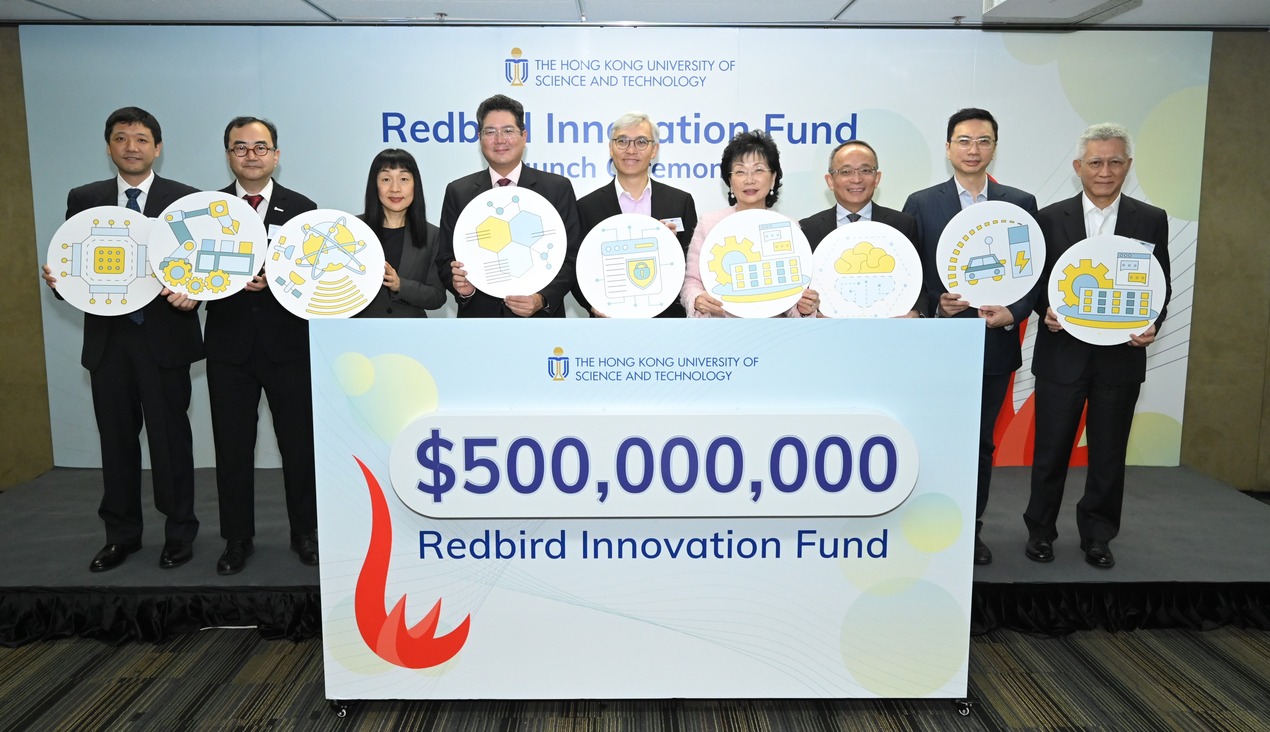New Zealand’s Minister
Responsible for the Government Communications Security Bureau (GCSB), Hon
Andrew Little, has recently
announced that the agency will expand its Malware-Free Networks
(MFN) cyber defence initiative.
According to Minister Little, we live in an increasingly
global and connected world in which reckless and malicious cyber activity poses
a threat to our digital information and our economic wellbeing. To further help
address this threat, GCSB will offer its Malware-Free Networks cyber threat
detection and disruption service to a broad cross section of New Zealand’s
organisations of national significance.
Malware-Free
Networks (MFN) is a cyber threat detection and disruption service
offered to a broad range of New Zealand’s nationally significant organisations. The MFN service builds on the malware detection capability provided by network
operators (Internet Service Providers). It involves GCSB sharing cyber threat
information and technology with consenting organisations.
The decision to expand Malware-Free Networks follows a
successful pilot with Vodafone and a small subgroup of Vodafone’s consenting
customers. The pilot showed the Malware-Free Networks capability has the
potential to disrupt a significant volume of malicious cyber activity.
According to Minister Little, the GCSB already provides its
CORTEX advanced cyber defence capabilities to a broad range of nationally
significant organisations. Malware-Free Networks will be an additional service,
providing an extra layer of protection to many more organisations.
CORTEX is
a suite of capabilities that counters cyber threats to organisations of
national significance, such as operators of critical national infrastructure. It
has a particular focus on countering foreign-sourced malware that is
particularly advanced in terms of technical sophistication and/or persistence. The
focus on foreign-sourced malware is due to the fact that this type of malware
is adequately mitigated by commercially-available tools.
“Expanding this service will significantly increase the
range of organisations receiving the cyber defence services Government offers
New Zealand’s organisations of national significance through the GCSB,” he
added.
Organisations of national significance were identified
through a process led by the Department of the Prime Minister and Cabinet. They
include Government departments, key economic generators, niche exporters,
research institutions and critical national infrastructure.
The next step is for the GCSB to develop a plan on how it
can work with telecommunications network operators to deliver the expanded
service which is expected to take a couple of months.
The cost of the Malware-Free Networks expansion will be paid
for out of the GCSB’s baseline. As with other GCSB cyber security capabilities,
the Malware-Free Networks service is only provided to organisations who consent
to receiving it.
Minister Little also shared that over the next two years, he
expects a substantial number of New Zealand’s nationally significant
organisations will have engaged with the GCSB on Malware-Free Networks.
The GCSB has an Information
Assurance (IA) role, designed to protect sensitive New Zealand
government information from unauthorised disclosure and enable departments to
communicate securely; and help nationally significant organisations defend
their information systems against cyber-borne threats and malicious attacks.
It also helps government and private sector organisations of
national significance to keep their information systems and communications
secure, through the following services:
(1)
Providing advanced cyber threat detection and
disruption (CORTEX) capability to protect nationally significant information
and networks against online attacks.
(2)
A Malware-Free Networks cyber threat detection
and disruption service.
(3)
Responding to incidents and helping with
mitigation and prevention.
(4)
Conducting cyber threat analysis.
(5)
Providing advice and high-grade encryption
hardware to protect government information.
(6)
Ensuring classified facilities are free from
interception devices or other information security vulnerabilities.
(7)
Providing information security standards and
guidance.
(8)
Assessing outer space and high-altitude activity
and proposed changes to national telecommunications networks for risks to
national security.
















